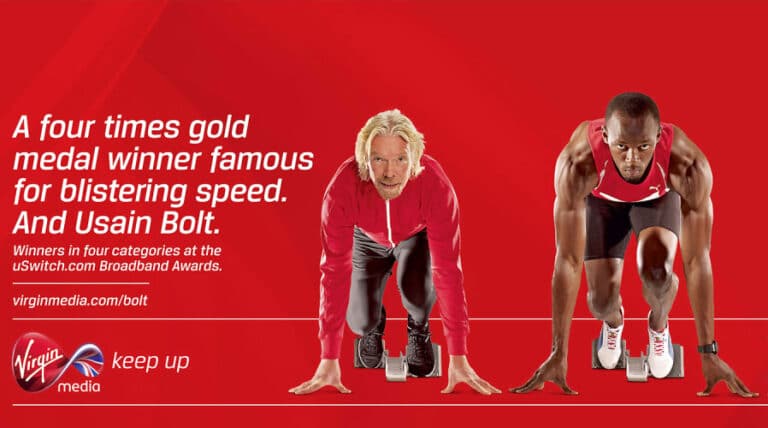Leadership Learnings from the Salamander
Salamanders are a group of amphibians. In literature and legend, the salamander is associated with fire, being supposedly unharmed by the flames, while clothes made from its skins or ‘wool’ were also believed to be incombustible. The salamander’s ability to regenerate lost body parts is currently being investigated.
As a Leader can you imitate the qualities of the Salamander, surviving the ‘fire’ and being able to regenerate lost body parts? Not literally, of course, but metaphorically?
We could interpret surviving the ‘fire’ as being able to ‘survive’ major disappointments, poor business/investment decisions, or errors of judgement about people in whom you had placed your trust or faith.
The regeneration of body parts could be akin to being able to regenerate yourself; your business ventures, learning from your mistakes, so that you can regenerate or recover from such disappointments and be stronger and wiser from the experience.
What other parallels we can draw with the Salamander?
How sensitive is your skin
Well, their skin is thin, permeable to water and serves as a respiratory membrane. It has outer layers that renew periodically through a skin shedding process.
How ‘permeable’ or ‘open’ are you as a Leader to absorbing new ideas, thoughts or suggestions that could stimulate your thinking? Would you like to ‘re-invent’ yourself or your business proposition by shedding the ‘old skin’ so that you can be innovative and fresh in thinking and action?
Glands in the Salamander’s skin discharge mucus which keeps the skin moist and this helps protect against bacterial infections. Wouldn’t you like to have qualities that would resist infection from negative people, attitudes, or thoughts that would drain your energy and drive?
Salamanders lack eardrums, but have a system in the middle ear, which seems to be able to warn them of an approaching predator – a defence devoutly to be desired.
There is always the Shrimp
Or you could model your leadership on the Shrimp.
Shrimp abundant and can be found feeding near the seafloor. To escape predators, some species hide by diving into the sediment. Not exactly an attractive proposition.
Shrimp play important roles in the food chain and are important food sources for larger animals. Are you comfortable that close to the bottom of the food chain?
But here’s the clincher. A Salamander is a vertebrate (i.e. has a backbone); a shrimp is a crustacean (i.e. has no backbone).
Why am I telling you all this?
Because I am an Executive Coach and we help people to become Salamanders.
So, no more ducking into the muck at the bottom.
Learn how to survive in the fire, grow new ideas, protect yourself from negative people and emotions.
Learn from the Salamander!






